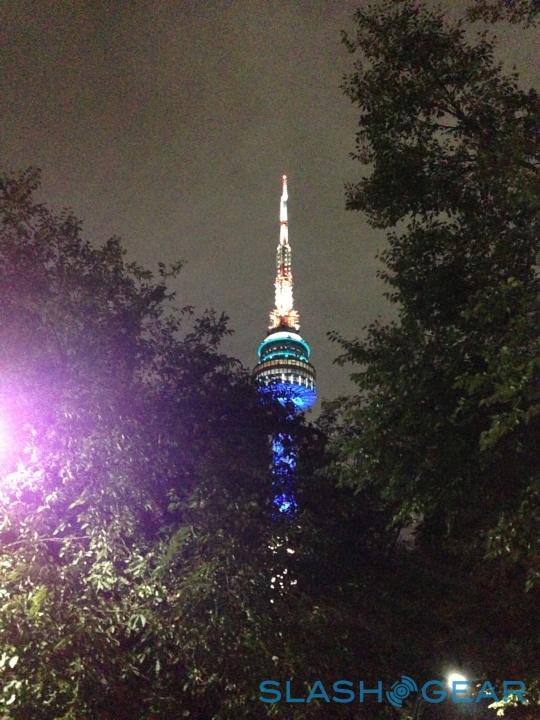From the article:
The system is a way to address low-light performance, a situation which usually results in extra noise in the final image despite high-resolution sensors. Apple’s approach is to combine the data from four adjacent pixels on the sensor into a single pixel in the final image in what it calls “dynamic low-light mode.”
According to Apple, the iPhone 5′s “ISP detects when you are in extremely low light and switches the sensor context to combine 4 pixels into one, creating an additional 2 f-stop brightness and sensitivity.” Meanwhile, there’s also a spatial noise reduction system which compares pixels with their immediate neighbors and identifies when they might be out of place.
Note that the term ISP isn't 'Internet Service Provider', for once(!), but 'Image Signal Processor', which means that Apple's solution is, like Nokia's, based on hardware and isn't just the Camera software applying downsampling algorithms.
Here's a typical night time iPhone 5 sample photo, from SlashGear's review:

No doubt better than the old iPhone 4S's camera, but in all honesty I don't think the 808 has really got much to worry about, with a physical sensor that's seven times larger and an image processor that's almost certainly faster and more sophisticated than Apple's.
You've got to wonder, in addition, whether there are any elements here that Nokia's lawyers might start to get twitchy about. Oversampling has been used in standalone cameras before, mind you, but....
(via My Nokia Blog)
